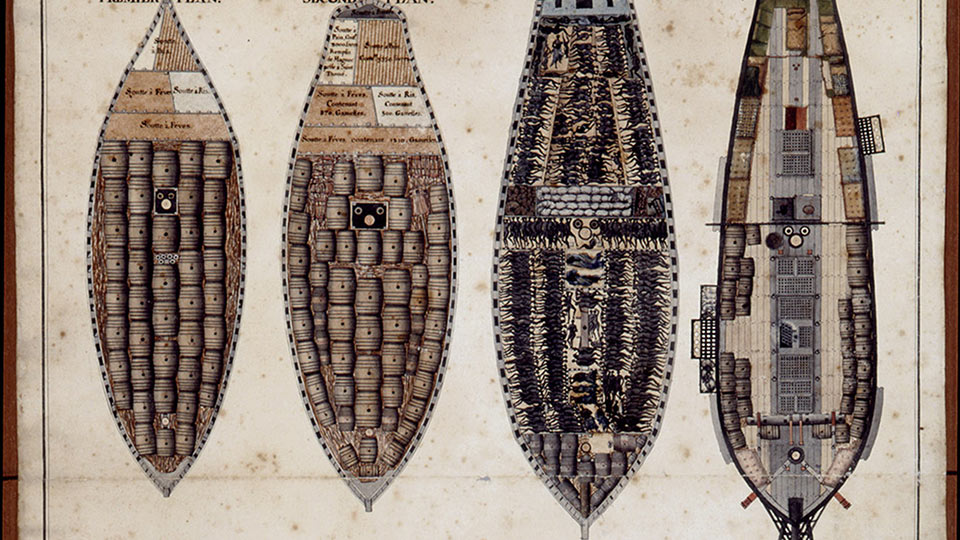Colonialism is when one country seeks authority over other people or territories, wanting economical dominance. Colonisers may impose their religion and other cultural factors on people.
The slave trade refers to transatlantic trading patterns, established as early as the mid-17th century. Trading ships containing manufactured goods would sail from Europe to Africa where goods would be traded for people. The ships conditions were awful, they would be full with the slaves crammed together in the hold. They had no room to move and many did not survive the journey to America or the Caribbean.

Much of America had been colonised by European countries. Slaves were put to work on plantations that produced sugar and tobacco which could be taken back to Europe for consumption.

Britain was one of the most successful slave trading countries. It was estimated that they transported 3.1 million Africans between 1640 and 1807.
The transatlantic slave trade is often as the ‘triangular trade’. This is because the three sides of the triangle represent the three journeys that were made. The first side of the triangle was the journey from Europe to Africa. This journey was to transport manufactured goods including cloth, glassware, guns and ammunition. The second side of the triangle was the journey from Africa to America and the Caribbean. This journey was called the ‘middle passage’, it carried slaves who were forced to work on plantations. The third side of the triangle was the journey from America and the Caribbean to Europe. This journey was to transport sugar, rum, cotton and other goods produced by plantations.

The Slavery Abolition Act 1833 abolished slavery in parts of the British Empire. https://www.thehistorypress.co.uk/articles/the-slavery-abolition-act-of-1833/
The Slavery Abolition Act freed more than 800,000 enslaved Africans in the Caribbean, South Africa and a small number in Canada. It received Royal Assent on August 28th 1833 and later took effect on August 1st 1834.


Well done…I realise this is incomplete, but it seems like you are in a good position to add your analysis and interpretation and expand on your questions and points here…Good luck with your development from here…